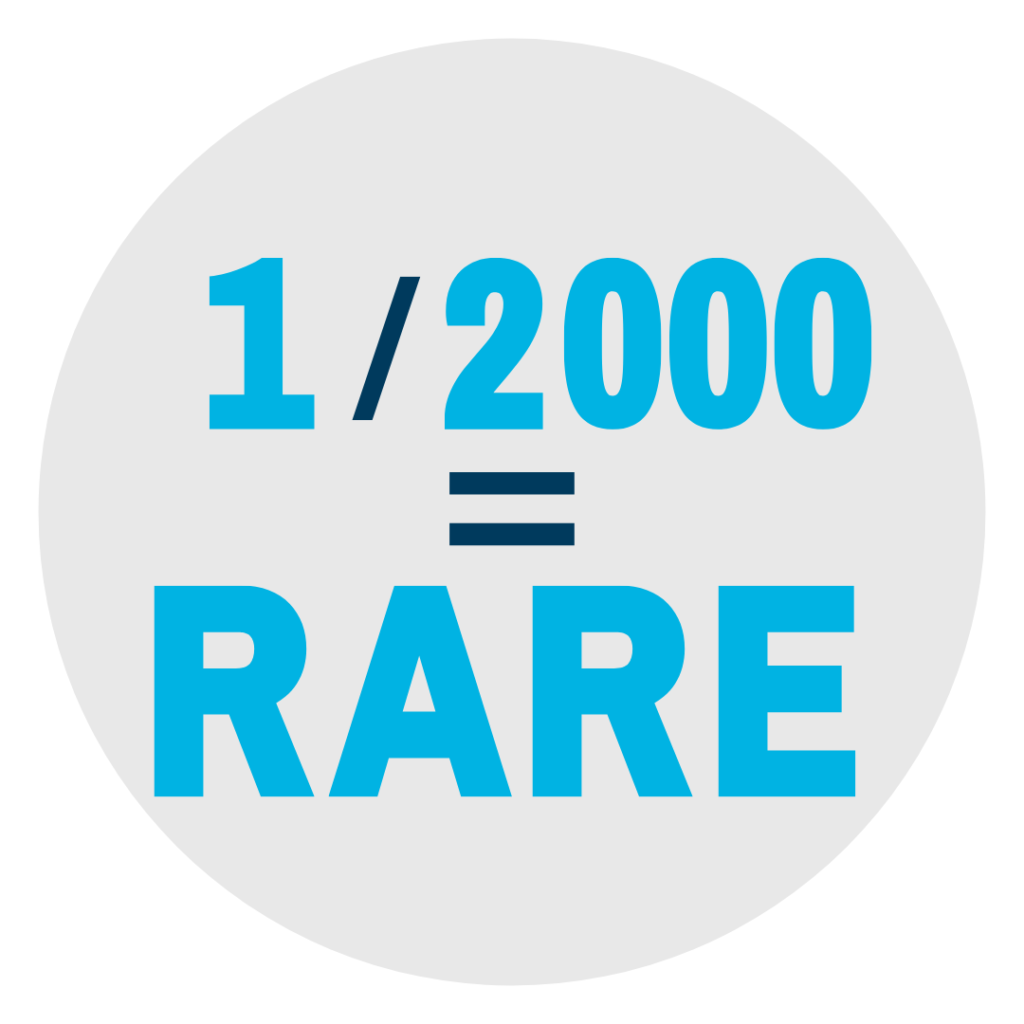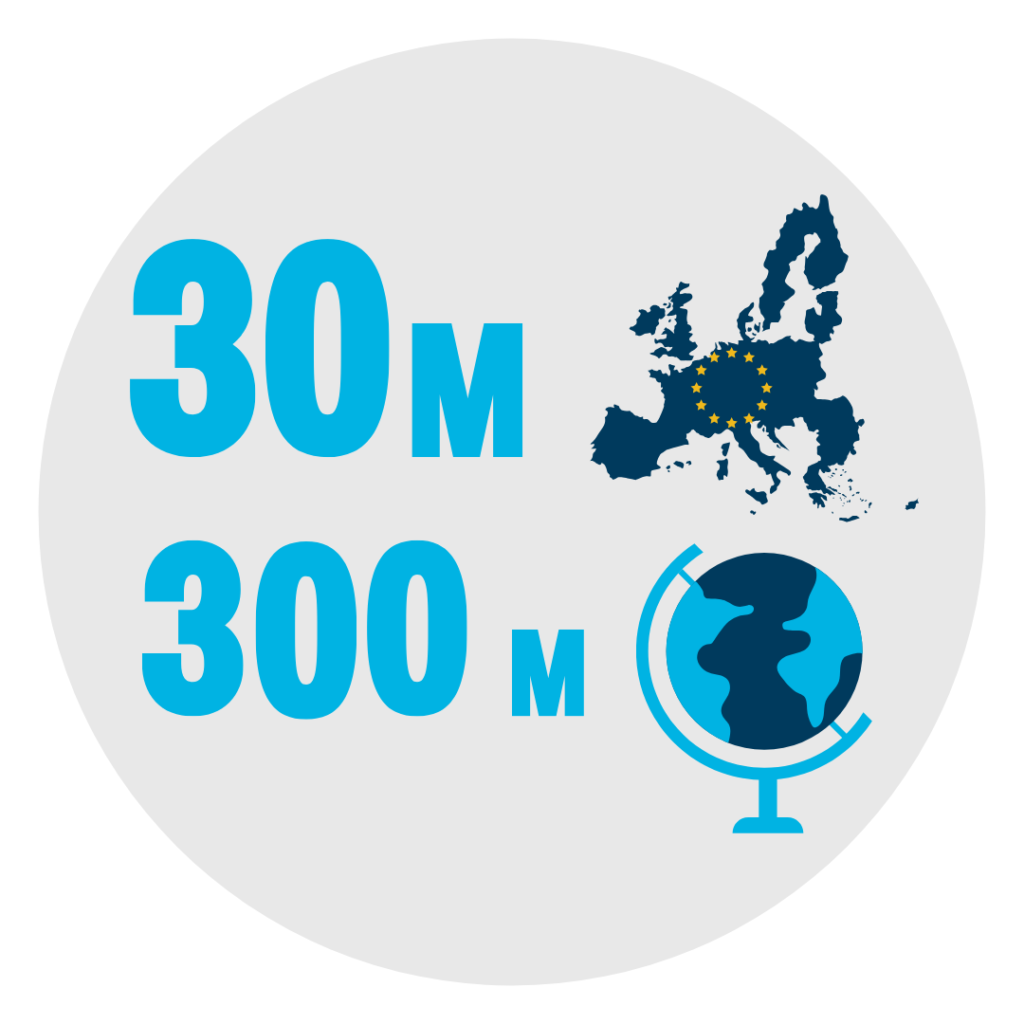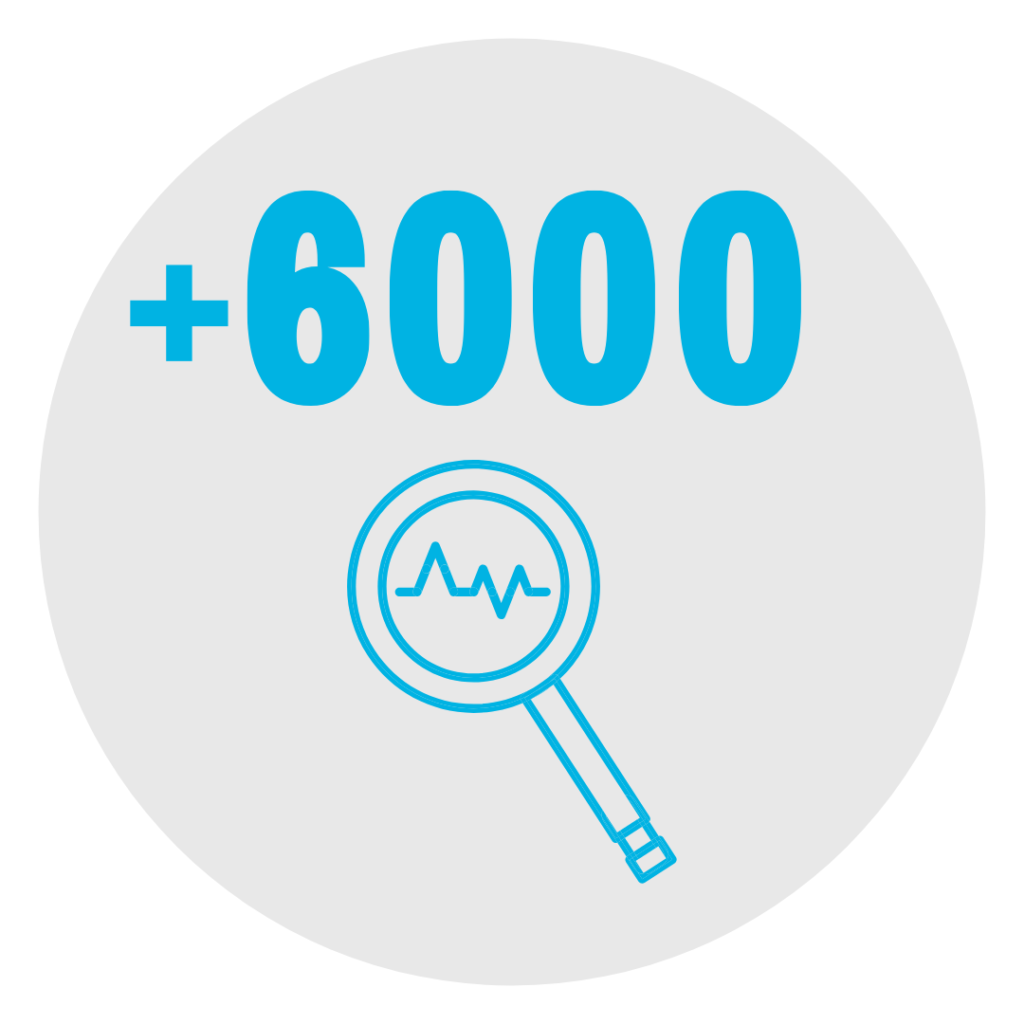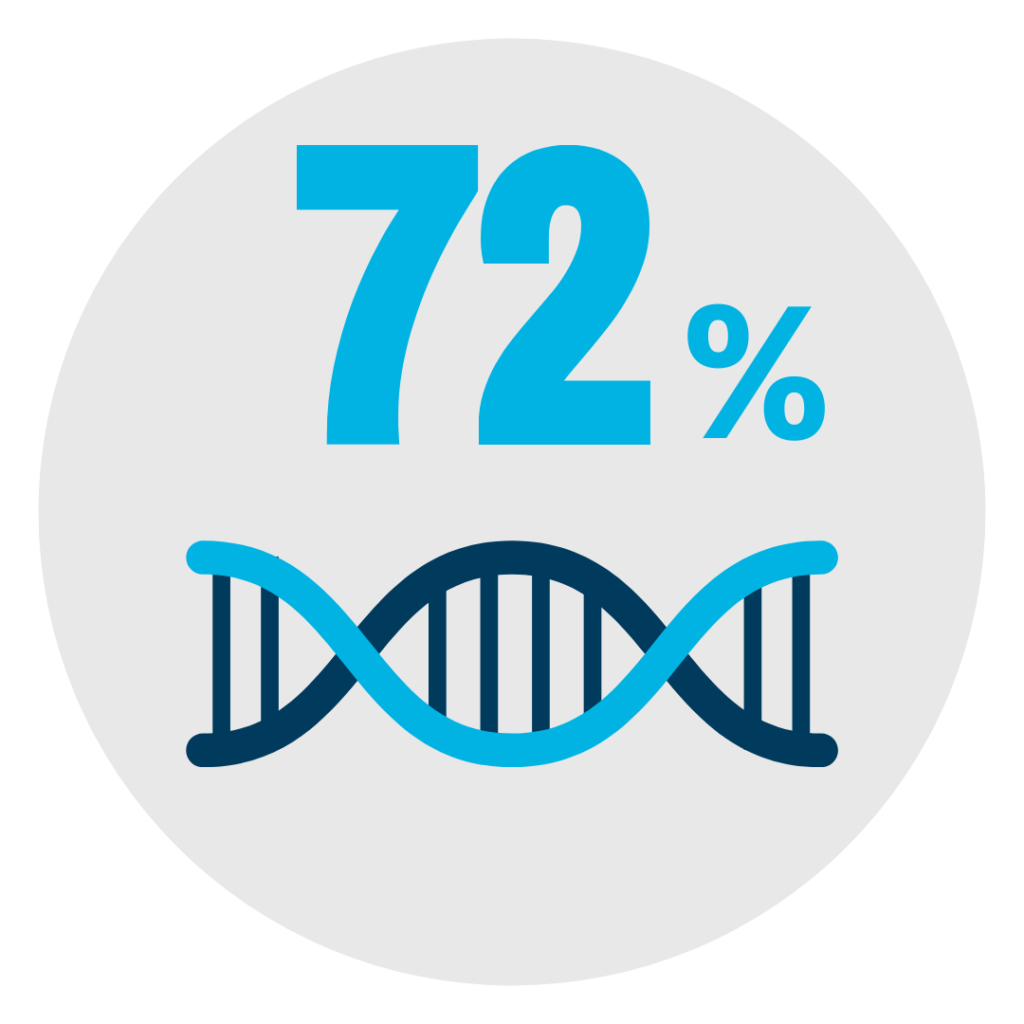





The facts

The European Union considers a disease as rare when it affects less than 1 in 2,000 citizens.

Rare diseases currently affect 3.5% — 5.9% of the worldwide population. [1]

Over 6,000 different rare diseases have been identified to date.

72% of rare diseases are genetic whilst others are the result of infections, allergies and environmental causes.
The impact
Rare diseases are characterised by a wide diversity of symptoms and signs that vary not only from disease to disease but also from patient to patient suffering from the same disease.
Due to the low prevalence of each disease, medical expertise is rare, knowledge is scarce, care offerings inadequate and research limited. Despite their great overall number, rare disease patients are the orphans of health systems, often denied diagnosis, treatment, and the benefits of research.
Relatively common symptoms can hide underlying rare diseases leading to misdiagnosis and delaying treatment. Typically disabling, the quality of life of a person living with a rare disease is affected by the lack or loss of autonomy due to the chronic, progressive, degenerative, and frequently life-threatening aspects of the disease.
The fact that there are often no existing effective cures adds to the high level of pain and suffering endured by patients and their families.
Rare diseases not only affect the person diagnosed — they also impact families, friends, care takers and society as a whole.

Read more — scientific paper written by Orphanet, EURORDIS, Orphanet Island: Estimating cumulative point prevalence of rare diseases: analysis of the Orphanet database
[1] (2020) Estimating cumulative point prevalence of rare diseases: analysis of the Orphanet database, European Journal of Human Genetics: https://www.nature.com/articles/s41431-019-0508-0
